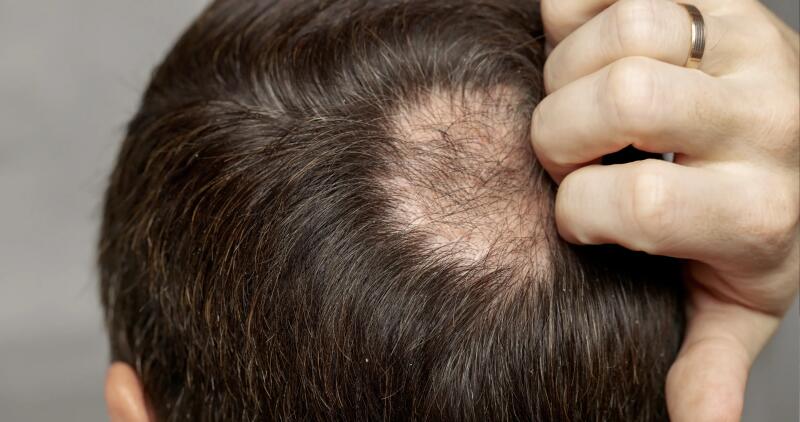-
Your concerns
Our articles to help you gain a better understanding
-
Our solutions
-
Ducray Dermatological laboratories
Our articles to help you gain a better understanding

Syphilis is a sexually transmitted infection. It has been around for a very long time but is still very much a problem today. It is linked to a bacterium called Treponema pallidum or pale treponema. Hair loss is one of the symptoms that can be observed during the evolution of the disease. What are its characteristics? How should it be managed? We take a closer look.
Syphilis is one of the causes of localized hair loss.
This highly contagious infectious disease has 4 progressive stages:
The treatment of secondary syphilis hair loss involves treating the primary cause, which is the bacterial infection. As soon as the diagnosis of syphilis is established, an antibiotic treatment with penicillin or doxycycline is started. The hair will then grow back completely within 3 to 6 months.
Loss of hair density

Reactional loss of hair volume
Are you experiencing loss of hair density?

Chronic loss of hair density
Are you losing your hair?

Reactional loss of hair volume
Are you losing your hair?

Reactional loss of hair volume
Like many young mothers, you are experiencing some discomfort following your pregnancy?

Chronic loss of hair density
Are you losing your hair?
NEWSLETTER
Dermatological expertise
To better understand your skin and hair, discover our exclusive content and innovative care products designed to improve your quality of life..